Etching: The Creative Process
In the catalogue essay for an exhibition of prints held in 1891 at Paris’s popular Galeries Durand-Ruel, the critic Roger Marx effusively wrote of etching’s status at that time: “Was it ever more desirable, more deserving of museums’ attentions, of collectors’ searches? The late nineteenth century … will remain for original etching a turning point, a period of absolute efflorescence.”1 As Marx’s words suggest, etching underwent a revolutionary transformation during the second half of the nineteenth century. Historically, the medium was practiced by artists including Rembrandt van Rijn and Jacques Callot, but interest had waned by the early 1800s, as other printmaking techniques such as engraving and lithography grew in popularity. Around mid-century, the publisher Alfred Cadart and printer Auguste Delâtre initiated what became a full-scale revival of etching, arousing an interest among printmakers that has lasted to this day.
Above all, the nineteenth-century etching revival was centered on technique. New manuals and treatises on the process allowed artists to teach themselves how to etch, and the ready availability of tools and personal presses facilitated work in the privacy of a studio rather than in a print shop. More than ever before, artists could produce and print their own work without the intermediation of a trained master printer or expensive equipment. This new availability of technical information, more broadly, encouraged artists to work creatively with etching; with all the necessary materials at their disposal, they could freely and actively experiment. The private conditions in which their prints were produced, viewed, and collected encouraged artists to pursue new formal effects as well as subject matter that might have been difficult to realize in more public media, such as painting. This publication focuses on the creativity and experimentation that proliferated in these years, during and after etching’s revival, and the centrality of process in this important shift.
The practice of etching began to fundamentally change around 1862, when
a group of artists formed an organization called the Société des
Aquafortistes. Supported by Cadart and Delâtre, the group aimed to
transform the public perception and artistic practice not only of
etching, but of the graphic arts in general. At the time of the group’s
formation, printmaking was used mostly as a means of producing
affordable copies of paintings for middle-class audiences. These prints
were often made either using engraving, whose practitioners required
long and specialized training, or lithography, which required materials
and equipment only available in specialized shops. The artists,
publisher, and printer who formed the Société des Aquafortistes hoped to
counter this use of printmaking as a reproductive art form and
reestablish its originality. To do so, they looked to past masters of
the medium, especially Rembrandt, who they saw as the ultimate example
of a “painter-printmaker”—a practitioner focused on making prints as a
means of formal exploration and personal expression, rather than
entrepreneurial gain. A design by the artist Léopold Flameng for a
letterhead used for invoices by Delâtre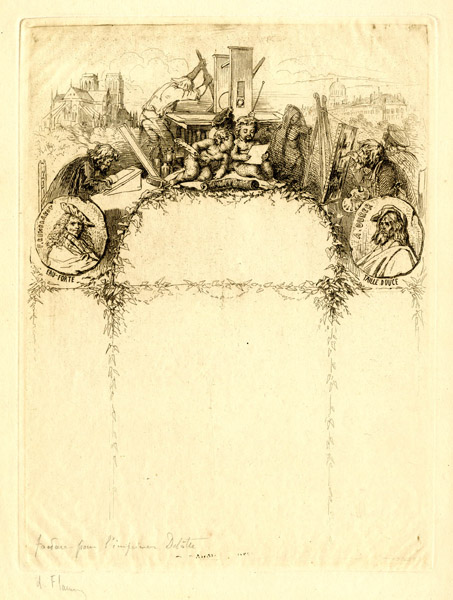 2 clearly suggests the
printer’s ambitions for the organization in its decorative depiction of
an artist who etches, paints, and prints his own work. The Parisian
cityscape makes up the background, with portrait medallions of Dürer and
Rembrandt decorating the foreground.
2 clearly suggests the
printer’s ambitions for the organization in its decorative depiction of
an artist who etches, paints, and prints his own work. The Parisian
cityscape makes up the background, with portrait medallions of Dürer and
Rembrandt decorating the foreground.
A dramatic revival of etching followed the formation of the Société and
lasted into the 1870s. At the organization’s headquarters, artists,
printers, publishers, dealers, collectors, and critics gathered to share
their enthusiasm, obtain training in the medium, and view or purchase
newly produced works by members. Cadart and Delâtre also regularly
published albums presenting a selection of prints either by an
individual artist or by a group of member artists—such as
Voyage by Boat, a set of etchings by Charles François Daubigny
depicting the path of two travelers. 3 Their publication of the
portfolio Eaux-fortes modernes similarly offered collectors a
preselected group of prints, accompanied by essays on
the medium by prominent critics and writers. Easily circulated among
collectors and dealers, these projects, as well as the sense of
community created through the organization’s physical space,
successfully reestablished the status of etching during the 1860s.
3 Their publication of the
portfolio Eaux-fortes modernes similarly offered collectors a
preselected group of prints, accompanied by essays on
the medium by prominent critics and writers. Easily circulated among
collectors and dealers, these projects, as well as the sense of
community created through the organization’s physical space,
successfully reestablished the status of etching during the 1860s.
Although the etching revival and the contributions of the Société des
Aquafortistes are often seen as turning points for the medium, less
attention has been devoted to the years that followed and the important
continued impact that the movement had during that time—especially
regarding the greater availability of technical information. One of the
revival’s most important contributions included member artist Maxime
Lalanne’s Treatise on Etching,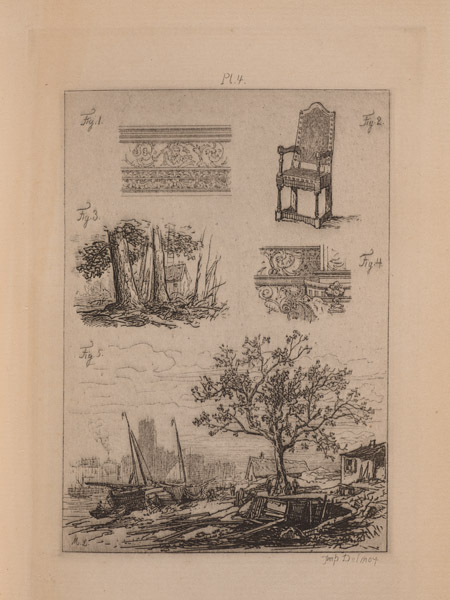 4 which continued to be
reprinted and revised in the decades following its publication in 1866,
each time offering greater encouragement for artists interested in an
experimental and independent approach to etching. An etcher of highly
detailed cityscapes,
4 which continued to be
reprinted and revised in the decades following its publication in 1866,
each time offering greater encouragement for artists interested in an
experimental and independent approach to etching. An etcher of highly
detailed cityscapes,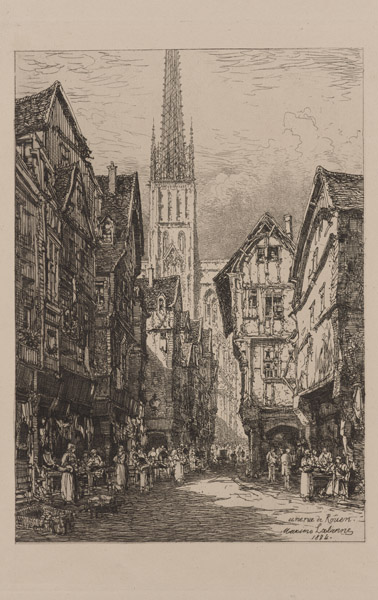 5 Lalanne was known less by his art and more
by his manual. His text took the form of an informal conversation
between the author and a novice student, and its accessible,
nontechnical approach was seen as a vast improvement upon the handbook
previously used most, Abraham Bosse’s On the Manner of Etching with
Acid and with a Burin, and of Dark-Manner Engraving,
5 Lalanne was known less by his art and more
by his manual. His text took the form of an informal conversation
between the author and a novice student, and its accessible,
nontechnical approach was seen as a vast improvement upon the handbook
previously used most, Abraham Bosse’s On the Manner of Etching with
Acid and with a Burin, and of Dark-Manner Engraving,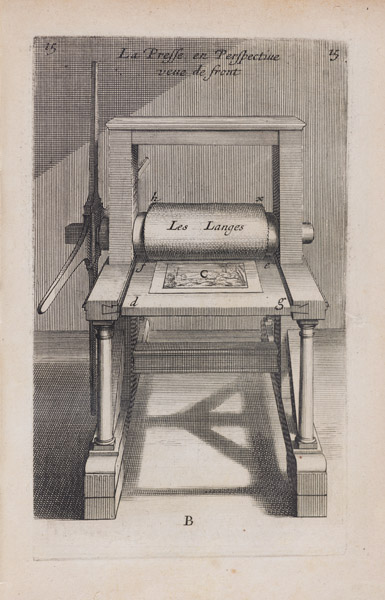 6 published
two centuries earlier. As the critic Charles Blanc described in a
preface to the first edition of Lalanne’s text, “Abraham Bosse wrote for
those who know, while [Lalanne writes] for those who do not know.”7
6 published
two centuries earlier. As the critic Charles Blanc described in a
preface to the first edition of Lalanne’s text, “Abraham Bosse wrote for
those who know, while [Lalanne writes] for those who do not know.”7
Lalanne’s original text provided an overview of etching from start to finish, introducing topics from a theoretical discussion of the “definition and character” of the medium to preparing the plate, biting, and printing, as well as the various materials that could be used in etching. In addition, the author addressed an extensive list of accidents that could take place during the process, advising the reader on how to work through them. On a methodological level, Lalanne also encouraged a new and specific approach to etching, promoting a free and expressive line and emphasizing the importance of aligning subject and technique.8 The eight later editions of the treatise gradually placed greater emphasis on working independently, including printing one’s own work.9 The translated edition of 1880, for example, offered an addendum section of notes with a precise description of setting up to print at home.10 The treatise offered new possibilities for self-instruction and, as a book, was circulated widely, allowing artists worldwide, both those connected to and disparate from the etching revival in Paris, the knowledge to begin making prints.
Once they had learned the basics of etching, artists could benefit from
the new availability of personal and easy-to-use tools and materials.
Cadart sold a boîte complète pour la gravure à l’eau-forte (etching
kit) from his Parisian shop. The modest sum of sixty francs could buy
an organized and portable package containing tools such as a burnisher,
needle, and roulette, as well as wax ground and aquatint. 11 A
deluxe version was also available for 100 francs.12 This kit allowed
artists to work on etchings in virtually any location, and to prepare
their own plates. Artists were soon also able to undertake their own
printing. In the same year of Lalanne’s manual, the British artist and
critic Philip G. Hamerton published his Etchers and Etching, which
asserted that “every one [sic] who etches ought to have a press in his
own house.”13 Hamerton himself designed a small personal press that
became available in 1870. Around the same time, Cadart began to sell a
similar portable press,
11 A
deluxe version was also available for 100 francs.12 This kit allowed
artists to work on etchings in virtually any location, and to prepare
their own plates. Artists were soon also able to undertake their own
printing. In the same year of Lalanne’s manual, the British artist and
critic Philip G. Hamerton published his Etchers and Etching, which
asserted that “every one [sic] who etches ought to have a press in his
own house.”13 Hamerton himself designed a small personal press that
became available in 1870. Around the same time, Cadart began to sell a
similar portable press, 14 which artists could fit and work with
in their own studios, for the affordable cost of one hundred fifty
francs.15 An announcement published in the journal Union des Arts
described these new resources, saying that “those who have the desire to
try [etching] … will find at Cadart and Luquet everything they
could ever need … they will happily show anyone who stops by …
all the different processes that form the basis of etching.”16
Legislation passed in 1881 abolished a requirement that such equipment
be registered and authorized, further encouraging artists to acquire
their own presses, and artists began to work more independently than
ever before.17 By 1890, the critic Philip Burty would write, “Today,
almost all etchers have taken up printing their works, to vary the
effects of printing, all owning their own presses in their studio.”18
14 which artists could fit and work with
in their own studios, for the affordable cost of one hundred fifty
francs.15 An announcement published in the journal Union des Arts
described these new resources, saying that “those who have the desire to
try [etching] … will find at Cadart and Luquet everything they
could ever need … they will happily show anyone who stops by …
all the different processes that form the basis of etching.”16
Legislation passed in 1881 abolished a requirement that such equipment
be registered and authorized, further encouraging artists to acquire
their own presses, and artists began to work more independently than
ever before.17 By 1890, the critic Philip Burty would write, “Today,
almost all etchers have taken up printing their works, to vary the
effects of printing, all owning their own presses in their studio.”18
Etchers were also encouraged by the growing interest in their work among
collectors during the late nineteenth century. In comparison to the
market for paintings, modest prices bolstered the demand for etchings,
and a number of dealers soon began to cater to it. Edmond Sagot, for
example, transformed his bookshop into a gallery for prints 19 in
1884 and corresponded extensively with enthusiastic collectors about his
holdings and the relative merits of various artists.20 Like several
other dealers at the time, including Gustave Pellet and Victor Prouté,
Sagot circulated a catalogue listing available works, dramatically
extending the geographic reach of the print market.21 In addition to
visiting these dealers, many collectors purchased works from artists
themselves, calling on them at their studios to discuss their work and
view new prints. Collectors could also build their connoisseurial skills
by studying the vast holdings of prints available in the study room of
the Bibliothèque nationale de France and, nearby, at Paris’s Hôtel
Drouot, an auction house that regularly held sales of prints dispersed
from famous collections.22
19 in
1884 and corresponded extensively with enthusiastic collectors about his
holdings and the relative merits of various artists.20 Like several
other dealers at the time, including Gustave Pellet and Victor Prouté,
Sagot circulated a catalogue listing available works, dramatically
extending the geographic reach of the print market.21 In addition to
visiting these dealers, many collectors purchased works from artists
themselves, calling on them at their studios to discuss their work and
view new prints. Collectors could also build their connoisseurial skills
by studying the vast holdings of prints available in the study room of
the Bibliothèque nationale de France and, nearby, at Paris’s Hôtel
Drouot, an auction house that regularly held sales of prints dispersed
from famous collections.22
To facilitate these interactions, a wide body of literature began to be published in the late nineteenth century to assist collectors in better understanding the market for etching, as well as key artists and aspects of technique. Beginning in the 1880s, a number of manuals—often written by print connoisseurs themselves—were published with the aim of allowing collectors to educate themselves. Issued from 1885 through 1892, Henri Beraldi’s Les Graveurs du XIXe Siècle was the first to focus exclusively on contemporary prints, providing biographical information on important etchers along with lists of their known prints and technical notes gleaned from his own collecting practices.23 Shortly after, in 1906, the collector, critic, printmaker, and occasional dealer Loys Delteil began publishing his Le Peintre-Graveur illustré, ultimately producing thirty-one volumes devoted to individual printmakers, with illustrations to facilitate collectors’ research. In addition to these books, a number of new journals catered specifically to print collectors. Periodicals such as L’Estampe and L’Estampe et l’affiche provided a centralized source on the Parisian print world, including information about dealers, exhibitions, artists, auctions, and logistics of collecting. They also encouraged interaction from readers, soliciting opinions and experiences for publication in their pages.24 This wide body of literature made etching more accessible to collectors and allowed artists to work with the knowledge of a ready and interested market.
The enthusiasm of collectors encouraged artists to experiment not only
with process, but also with new and often socially relevant subject
matter, such as poverty, urban transformation, and
the social roles of women. Because etchings could be produced in the
privacy of an artist’s studio and marketed directly to interested
collectors, they could address topics that might arouse controversy in
media such as painting, which was often necessarily displayed and viewed
in public places such as galleries or exhibition spaces.25 With
greater knowledge of technique, artists used the formal qualities
inherent to etching to enhance their depiction of psychologically and
politically charged subjects. For his depiction of two young female drug
users in The Morphine Addicts,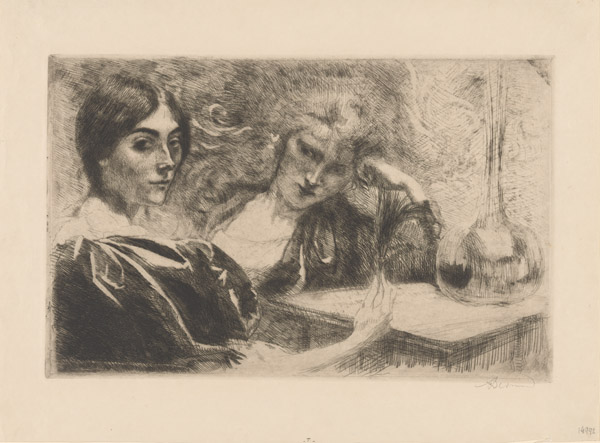 26 for example, Albert Besnard
rendered one woman in dark tones, staring directly at the viewer, and
the other in loose sketchy lines that allow her to fade distinctly into
her surroundings, evoking the mental release of the drugs the pair
consumes. The scene is dominated by the large feather one woman holds,
mirrored by a plume of smoke encircling them. The latter was created by
applying an acid-resistant varnish to Besnard’s copper plate (called
“stopping out”), preventing a line from etching in that area. In his
depiction of a clandestine meeting between two lesbians in Farewell at
the Parc d’Auteuil, Félicien Rops likewise used process to emphasize
the meeting’s concealment, experimenting with cleanly printing his plate
26 for example, Albert Besnard
rendered one woman in dark tones, staring directly at the viewer, and
the other in loose sketchy lines that allow her to fade distinctly into
her surroundings, evoking the mental release of the drugs the pair
consumes. The scene is dominated by the large feather one woman holds,
mirrored by a plume of smoke encircling them. The latter was created by
applying an acid-resistant varnish to Besnard’s copper plate (called
“stopping out”), preventing a line from etching in that area. In his
depiction of a clandestine meeting between two lesbians in Farewell at
the Parc d’Auteuil, Félicien Rops likewise used process to emphasize
the meeting’s concealment, experimenting with cleanly printing his plate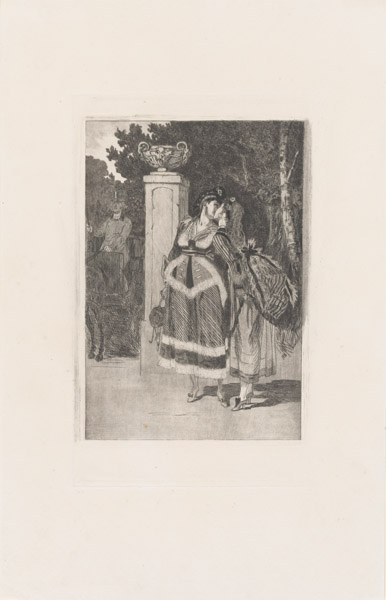 27 and then reprinting with a thickly wiped layer of ink that
envelops the pair in a deep, murky shadow,
27 and then reprinting with a thickly wiped layer of ink that
envelops the pair in a deep, murky shadow,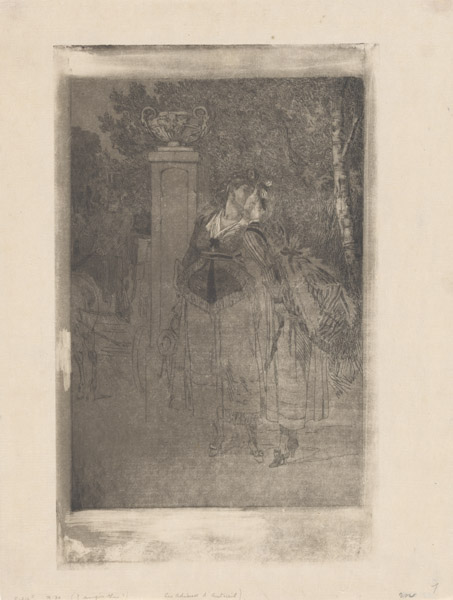 28 changing the scene’s tone literally and figuratively.
28 changing the scene’s tone literally and figuratively.
Etchers in late nineteenth-century Paris widely took up this
experimental approach, seeing traditional technique as a starting point
rather than an end in itself. Ludovic Lepic, for instance, developed a
process—which he termed l’eau-forte mobile (variable etching)—that
drew as much on painting as printmaking. By wiping ink selectively on
the surface of a copper plate—an approach which had already existed and
is today known as monotype—Lepic was able to create multiple unique
variations on his prints. His series Views from the Banks of the
Scheldt was produced from the same printing plate, which showed
windmills and ships in the distant background and, in the foreground, a
grassy riverbank where a man approaches a small boat. In one of the most
ambitious variations,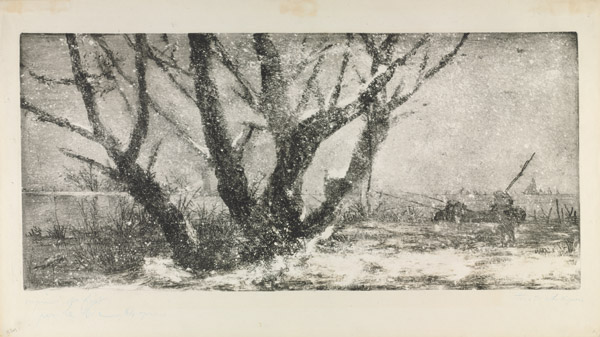 29 Lepic painted a large tree and snowbank
onto the plate before printing, but also sprinkled rosin on its surface,
embossing white marks that suggested falling snow. His work is notable
not only for the technical knowledge it required, but also his interest
in fundamentally reinventing etching by creating his own version of it.
29 Lepic painted a large tree and snowbank
onto the plate before printing, but also sprinkled rosin on its surface,
embossing white marks that suggested falling snow. His work is notable
not only for the technical knowledge it required, but also his interest
in fundamentally reinventing etching by creating his own version of it.
Other artists used traditional etching techniques but dramatically
altered the aesthetic of their work. Auguste Rodin was one of a number
of artists who embraced the improvisatory quality of etching and the
opportunity it afforded in sketching directly onto a prepared copper
plate. His Portrait of Henry Becque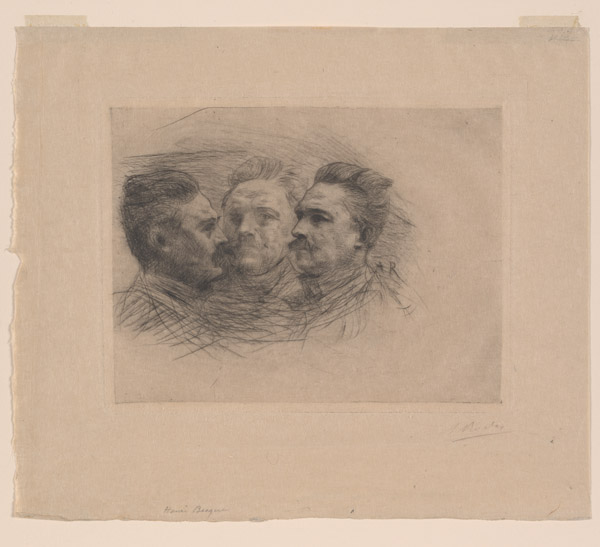 30 was produced between
creating bronze and terra-cotta versions of a sculpture that also
depicted the controversial playwright, known for his unsentimentalized
portrayal of contemporary social mores. Rodin’s etching is situated
off-center on the sheet, giving the composition a casual tone that is
enhanced by lines loosely drawn in drypoint around the subject. Becque
is seen from three angles—frontally and from the left and
right—suggesting the print may have been a means of rethinking the
sculpture’s composition. This sense is enhanced by the depth of the
lines Rodin drew, which are far darker on the back of the left figure’s
head and much more lightly drawn in the front of the middle head,
evoking the way light might have naturally fallen. The work allowed
Rodin to use the sketchiness and freedom of drypoint to create a print
that served multiple purposes for him and his viewers.
30 was produced between
creating bronze and terra-cotta versions of a sculpture that also
depicted the controversial playwright, known for his unsentimentalized
portrayal of contemporary social mores. Rodin’s etching is situated
off-center on the sheet, giving the composition a casual tone that is
enhanced by lines loosely drawn in drypoint around the subject. Becque
is seen from three angles—frontally and from the left and
right—suggesting the print may have been a means of rethinking the
sculpture’s composition. This sense is enhanced by the depth of the
lines Rodin drew, which are far darker on the back of the left figure’s
head and much more lightly drawn in the front of the middle head,
evoking the way light might have naturally fallen. The work allowed
Rodin to use the sketchiness and freedom of drypoint to create a print
that served multiple purposes for him and his viewers.
Finally, artists experimented avidly by introducing new materials and
tools and modifying those that had long existed. Mary Cassatt and Edgar
Degas, for instance, often worked with liquid aquatint—a mixture of
grainy rosin and a condensed alcohol solution that was painted on rather
than sprinkled from a pouch, as was the traditional method—giving their
etchings a crackled and irregular tonality. Mary Cassatt used this
process in her print Telling Fortunes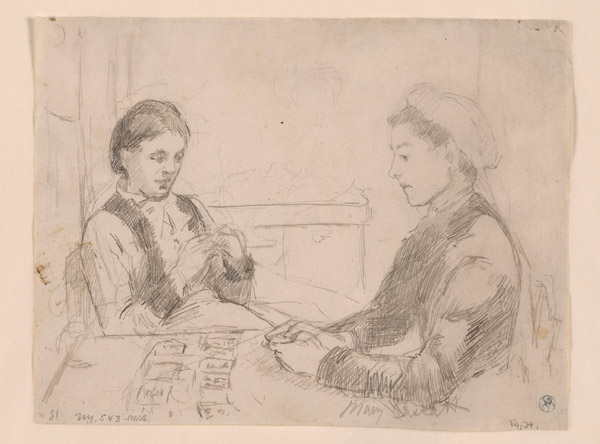 31 to suggest the
distance between two figures. At left, a woman appears enveloped in a
dark tone that is enhanced by lines drawn deeply into the plate to
define her form. The aesthetic of the aquatint highlights the emotional
and physical space between the two women, who sit together in a private
room entertaining themselves with a deck of cards but without directly
engaging. The stark composition and black and white tones of the image
likewise suggest an intimate but stifling situation.
31 to suggest the
distance between two figures. At left, a woman appears enveloped in a
dark tone that is enhanced by lines drawn deeply into the plate to
define her form. The aesthetic of the aquatint highlights the emotional
and physical space between the two women, who sit together in a private
room entertaining themselves with a deck of cards but without directly
engaging. The stark composition and black and white tones of the image
likewise suggest an intimate but stifling situation.
The increased availability of knowledge about the etching process allowed artists to work more experimentally than ever before in the years during and after the etching revival. Whether by interacting with other etchers or interested collectors, or by reading and working alone in their studios, artists began to see etching as an accessible and rich source for artistic production. The works these printmakers undertook during the second half of the nineteenth century intrinsically linked process, creativity, and, in many cases, subject matter to give the medium a distinct appeal to artists and collectors alike. This shift set the stage for etching, and, more broadly, printmaking, to evolve into a practice that fostered formal investigation and experimentation.
“Fut-elle jamais plus désirable, plus digne de la publicité des musées, de la recherche des amateurs? Cette fin de siècle, tant décriée, qualifiée si volontiers de décadente, restera pour la gravure originale une époque de véritable efflorescence.” Roger Marx, Société de peintre-graveurs français, troisième exposition (Paris: Galeries Durand-Ruel, 1891), 6.
Charles Blanc, “Letter from Charles Blanc,” in Maxime Lalanne, A Treatise on Etching [1866], trans. by S. R. Koehler, 2nd ed. (Boston : Estes and Lauriat, 1880), xxv.
Jay M. Fisher, Introduction to The Technique of Etching (New York: Dover, 1981), xv.
For details on these editions, see Ad Stijnman, Engraving and Etching, 1400–2000: A History of the Development of Manual Intaglio Printmaking Processes (London: Archetype, 2012), 421.
Lalanne, A Treatise on Etching, 69–72.
Léon Rosenthal, Manet, aquafortiste et lithographe (Paris: Goupy, 1925), 21.
Philip G. Hamerton, quoted in Stijnman, Engraving and Etching, 103.
Lalanne, A Treatise on Etching, 69.
Janine Bailly-Herzberg, L’eau-forte de peintre au dix-neuvième siècle, la Société des Aquafortistes (1862–1867), vol. 1 (Paris: Leonce Laget, 1972), 22.
Marianne Grivel, “La part d’ombre d’Albert Besenard: l’oeuvre gravé,” in Christine Gouzi, et al., Albert Besnard (1849–1934): Modernités Belle Époque (Paris: Somogy, 2016), 51.
“Aujourd’hui, presque tous les graveurs se mettent à imprimer leurs etudes, à varier les effets de tirage, tous possédant des presses commodes dans leur atelier.” Philippe Burty, Preface to Deuxième Exposition de Peintres-Graveurs (Paris: Galeries Durand-Ruel, 1890), 8.
This correspondence is housed at the Institut national d’histoire de l’art, Paris. For a summary, see Cécile Camart, “Note sur les archives de la galerie Sagot-Le Garrec, libraires, éditeurs, marchands d’estampes (1876–1967),” Les Nouvelles de l’INHA 10 (June 2002): 8–9.
For example, Catalogue d’affiches illustrées anciennes et modernes, en vente aux prix marqués (Paris: Sagot, 1891); Gustave Pellet, Libraire éditeur de gravures, catalogue mensuel, 1er partie (May 1894), Michael G. Wilson Collection of Félicien Rops letters and other material, ca. 1864–ca. 1910, Los Angeles County Museum of Art, Baich Art Research Library, box 5, f.1.; and Victor Prouté, estampes et livres, catalogue trimestriel 11 (November 1892), Archives Paul Prouté, S. A., Paris.
Joseph Guibert, Le Cabinet des Estampes de la Bibliothèque nationale, histoire des collections suivie d’un guide du chercheur (Paris: Le Garrec, 1926), 189–99. Philippe Burty, “L’Hôtel des Ventes et le commerce des tableaux,” in Victor Hugo, ed. Paris-Guide, vol. 2 (Paris: Librairie Internationale, 1867), 949.
In Beraldi’s personal copy of Les Graveurs du XIXe Siècle, for example, he inlaid archival documents used for research, including explanations from artists of their own works; questions directed to other experts on the merit of certain artists; and relevant, recently published criticism on printmakers and their exhibitions. See Département des Estampes et de la photographie, Bibliothèque nationale de France, Réserve, YC-34 A 8. I am grateful to Valérie Sueur-Hermel for bringing this copy to my attention.
For example, L’Estampe published “Aux Collectionneurs,” a questionnaire for readers about collecting practices, soliciting responses that appeared in subsequent issues of the journal. See M. de l’Estampe [Charles Chincholle], “Aux Collectionneurs,” L’Estampe 15 (December 12, 1897).
For more on this topic, see Peter Parshall, “A Darker Side of Light: Prints, Privacy, and Possession,” in The Darker Side of Light: Arts of Privacy, 1850–1900 (Washington, D.C.: National Gallery of Art, 2009), 2–39.

Léopold Flameng
French, 1831–1911
Tête de facture pour Imprimerie artistique de Delâtre, ca. 1860
Etching
23.8 x 17.8 cm.
The British Museum
© The Trustees of the British Museum

Charles François Daubigny, designer
French, 1817–1878
Auguste Delâtre, printer
French, 1822–1907
Alfred Cadart, publisher
French, 1828–1875
Frontispiece from the portfolio Voyage en Bateau, 1862
Etching on paper
Plate: 18.3 x 13.2 cm. (7 3/16 x 5 3/16 in.)
RISD Museum: Gift of the Fazzano Brothers 84.198.787.1

Maxime Lalanne
French, 1827–1886
A Treatise on Etching, 1880
Bound book with etchings
Courtesy of Special Collections, Fleet Library At RISD, Providence, RI

Maxime Lalanne
French, 1827–1886
A Street in Rouen (Une Rue de Rouen), 1884
Etching on paper
Plate: 27.7 x 19.8 cm. (10 7/8 x 7 13/16 in.)
RISD Museum: Gift of Mrs. Gustav Radeke 21.023

Abraham Bosse
French, 1604–ca. 1676
De la Manière de graver à l’eau-forte et au burin, et de la gravure en manière noire, 1645
Bound book with engravings
RISD Museum: Gift of Mrs. Herbert N. Straus 51.004

Etching kit (boîte complète pour la gravure à l’eau-forte) sold by Alphonse Cadart, late 19th century
Illustrated in Janine Bailly-Herzberg, L’eau-forte de peintre au dix-neuvième siècle, la Société des Aquafortistes (1862–1867), vol. 1 (Paris: Leonce Laget, 1972), 23

Illustration of portable press from A. P. Martial, Nouveau traité de la gravure à l’eau-forte pour les peintres et les dessinateurs, 1873

Georges Bottini
French, 1874–1907
The Sagot Address, 1898
Colored lithograph
Image: 11 3/8 x 7 5/16 in. (28.9 x 18.6 cm.)
Rosenwald Collection 1953.6.8
Courtesy, National Gallery of Art, Washington

Albert Besnard
French, 1849–1934
Morphine Addicts (Morphinomanes), 1887
Etching and drypoint on cream-colored, smooth wove paper
Image/plate: 24 x 37.3 cm. (9 7/16 x 14 11/16 in.)
RISD Museum: Mary B. Jackson Fund 81.206

Félicien Rops
Belgian, 1833–1898
Farewell at the Parc d’Auteuil (Les Adieux d’Auteuil), 1869
Etching, drypoint, and aquatint on white-colored, slightly textured laid paper
Image/plate: 28.8 x 17.8 cm. (11 5/16 x 7 in.)
RISD Museum: Georgianna Sayles Aldrich Fund 78.137

Félicien Rops
Belgian, 1833–1898
Farewell at the Parc d’Auteuil (Les Adieux d’Auteuil), 1869
Etching, drypoint, and aquatint on cream-colored, slightly textured laid paper
Image/plate: 28.8 x 17.8 cm. (11 5/16 x 7 in.)
RISD Museum: Mary B. Jackson Fund 75.049

Fig. 12
Ludovic Napoléon Lépic (French, 1839–1889)
Trunk of a Chestnut Tree, ca. 1870–1876
From the series Views from the Banks of the Scheldt
Etching with monoprint inking
Sheet: 45.5 x 81.5 cm. (17 15/16 x 32 1/16 in.)
Plate: 34.5 x 74.5 cm. (13 9/16 x 29 5/16 in.)
The Baltimore Museum of Art: Garrett Collection, BMA 1984.81.21

Auguste Rodin
French, 1840–1917
Portrait of Henry Becque, 1883–1887
Drypoint on beige-colored, slightly textured wove paper
Image/plate: 15.7 x 20.3 cm. (6 3/16 x 8 in.)
RISD Museum: Gift of the Fazzano Brothers 84.198.1311

Mary Cassatt
American, 1844–1926
Telling Fortunes, ca. 1881
Soft-ground etching and aquatint on beige-colored, smooth wove paper of medium thickness
Image/plate: 13.3 x 21.3 cm. (5 1/4 x 8 3/8 in.)
RISD Museum: Esther Mauran Acquisitions Fund and Helen M. Danforth Acquisition Fund 2017.13.1
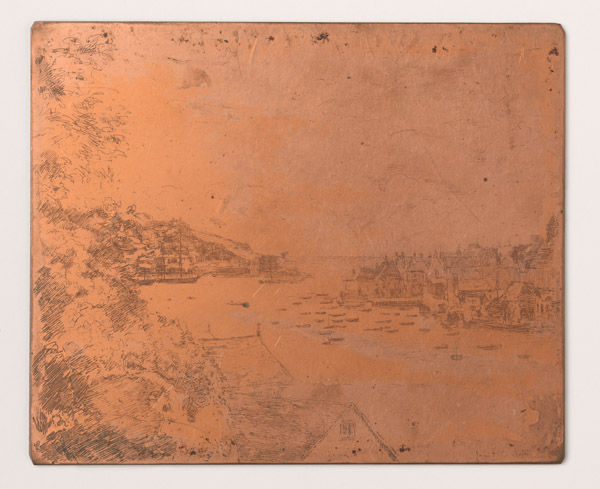
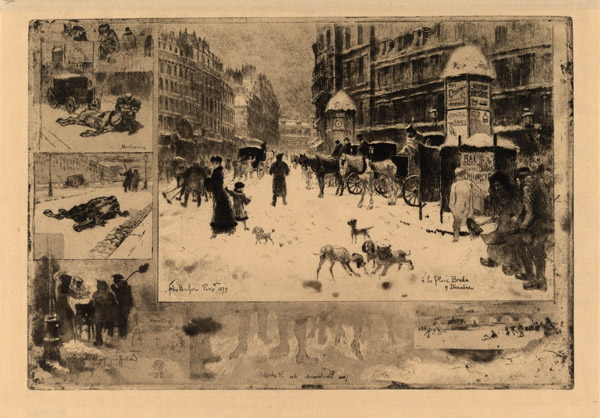

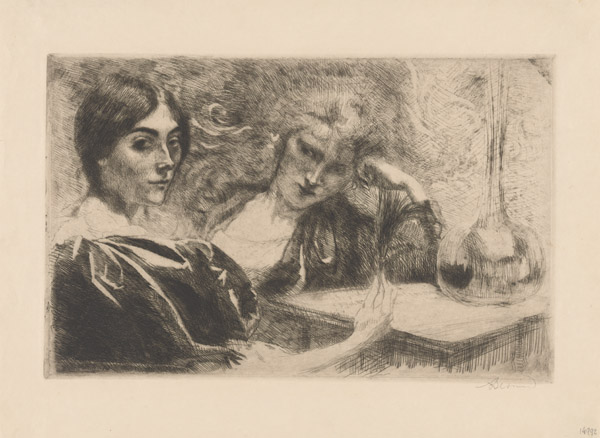


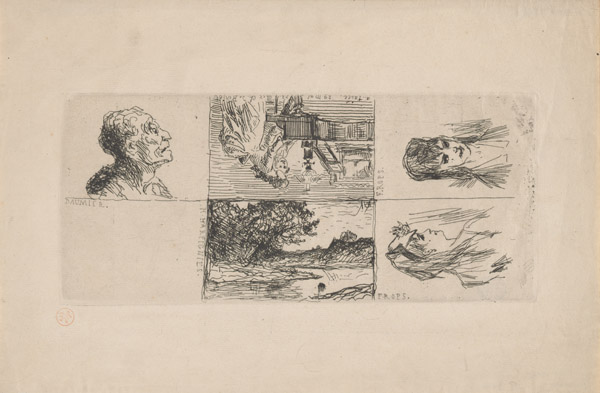



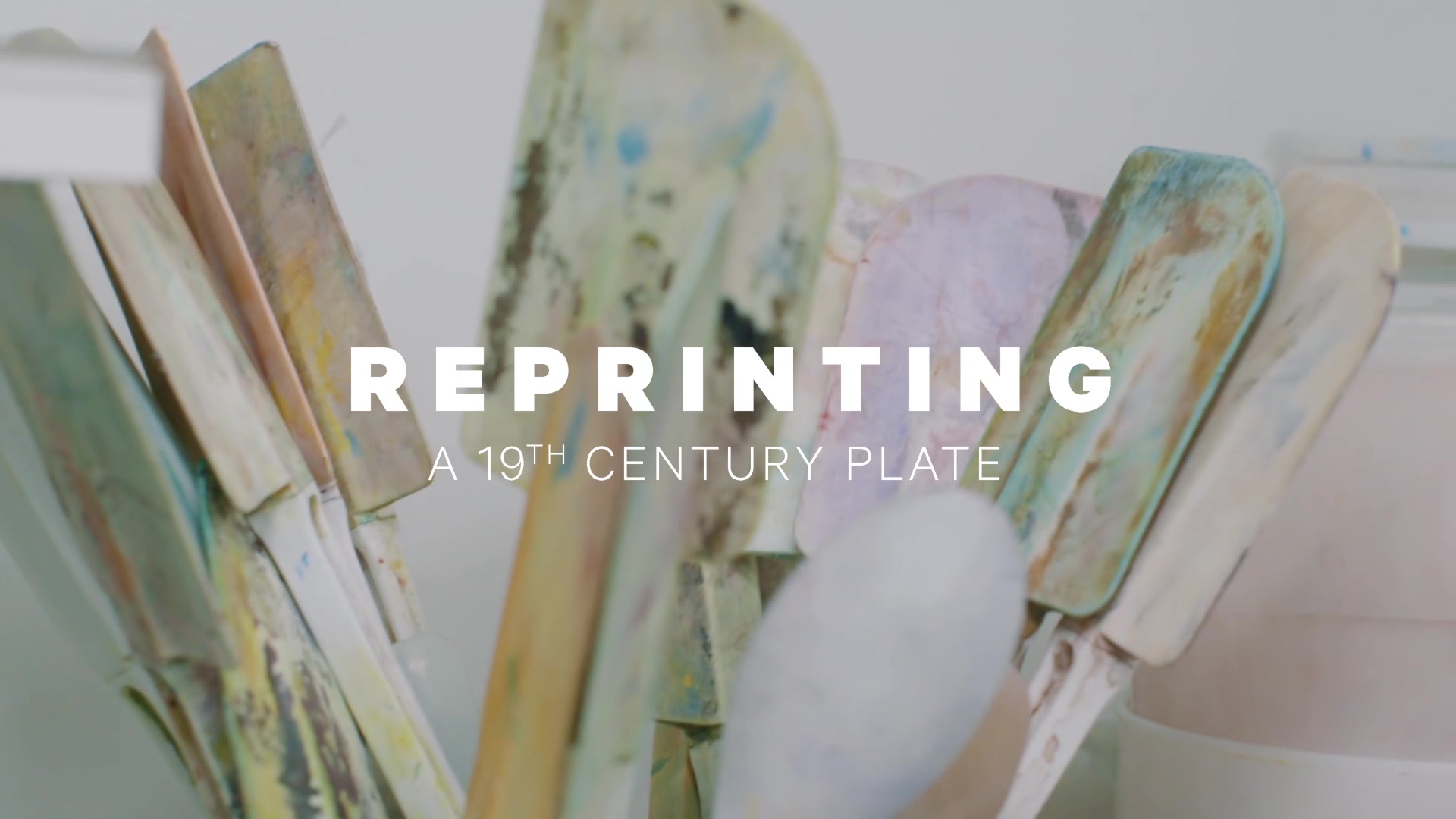 2
2 3
3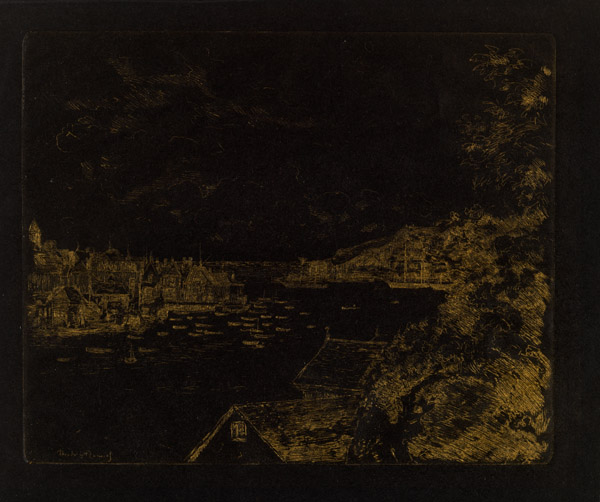 4
4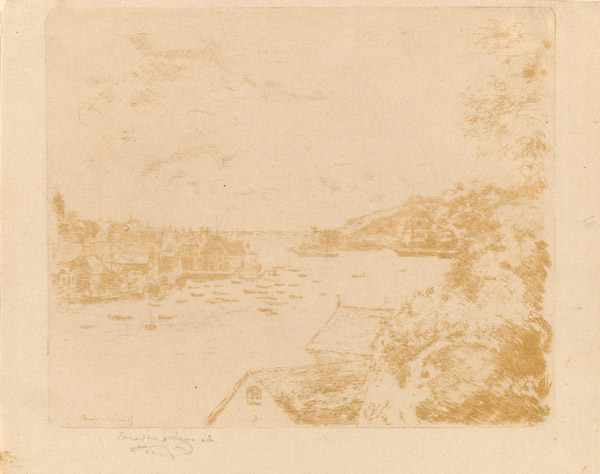 5
5 6
6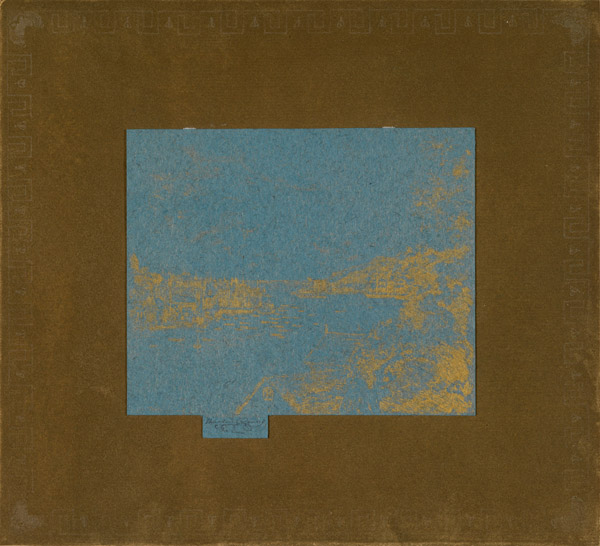 7
7
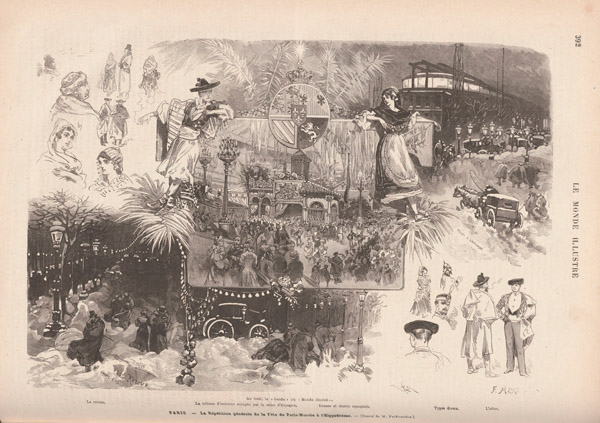 7
7 10
10 11
11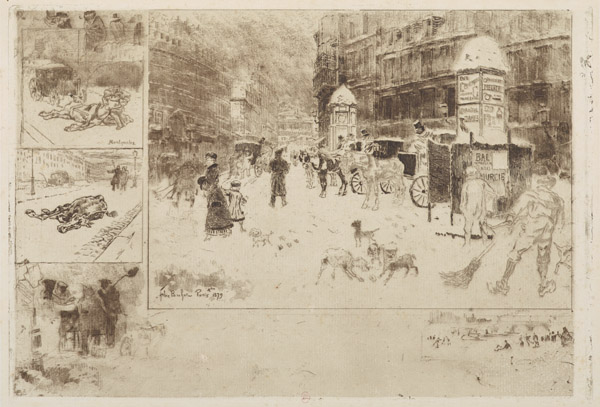 16
16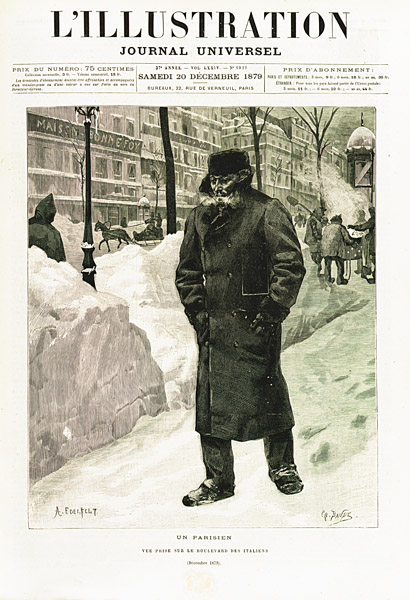 19
19 22
22

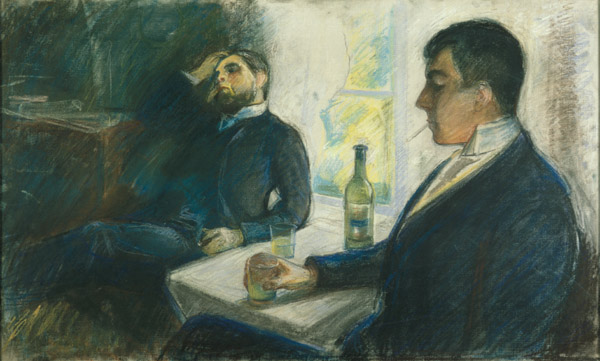 6
6 7
7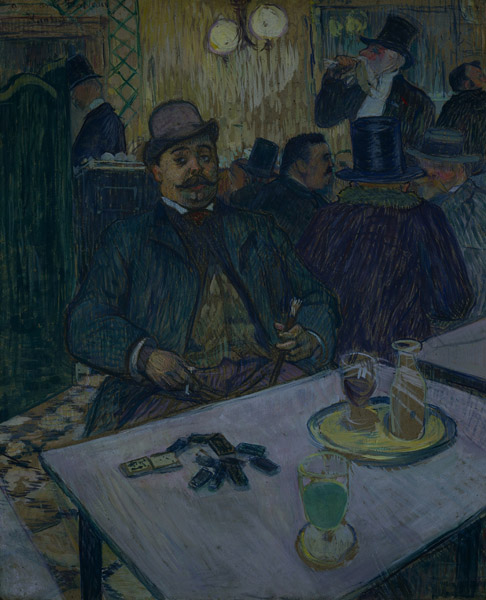 8
8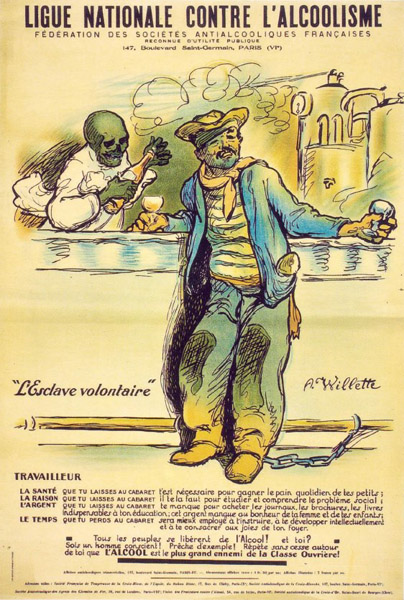 11
11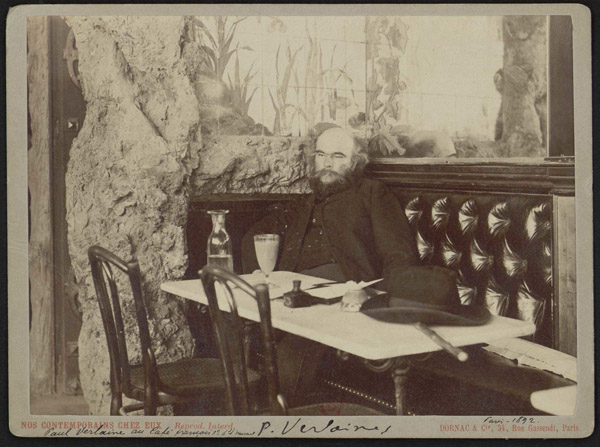 22
22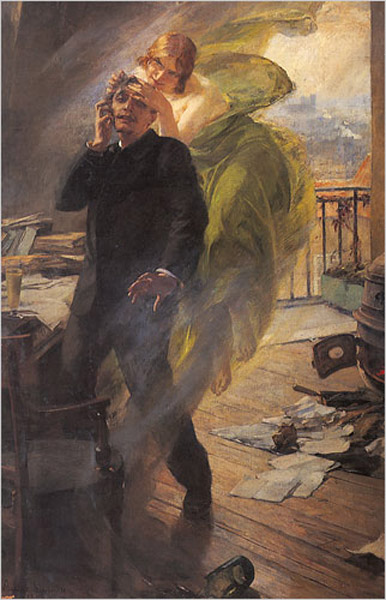 24
24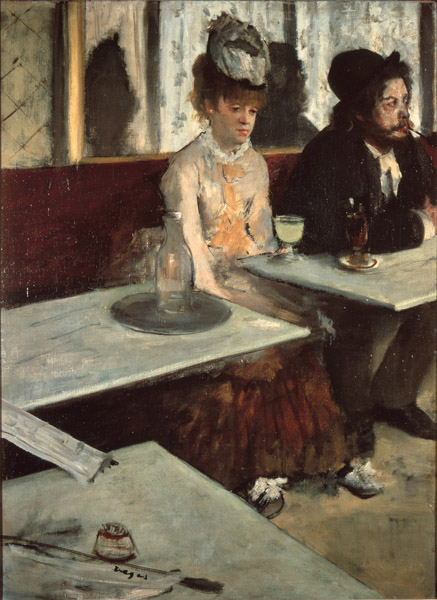 25
25 26
26 27
27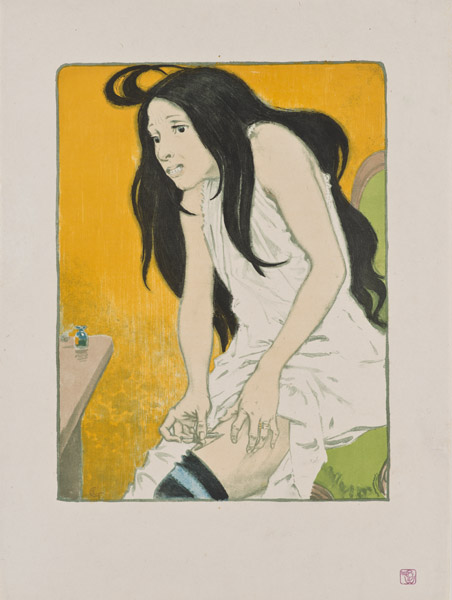 43
43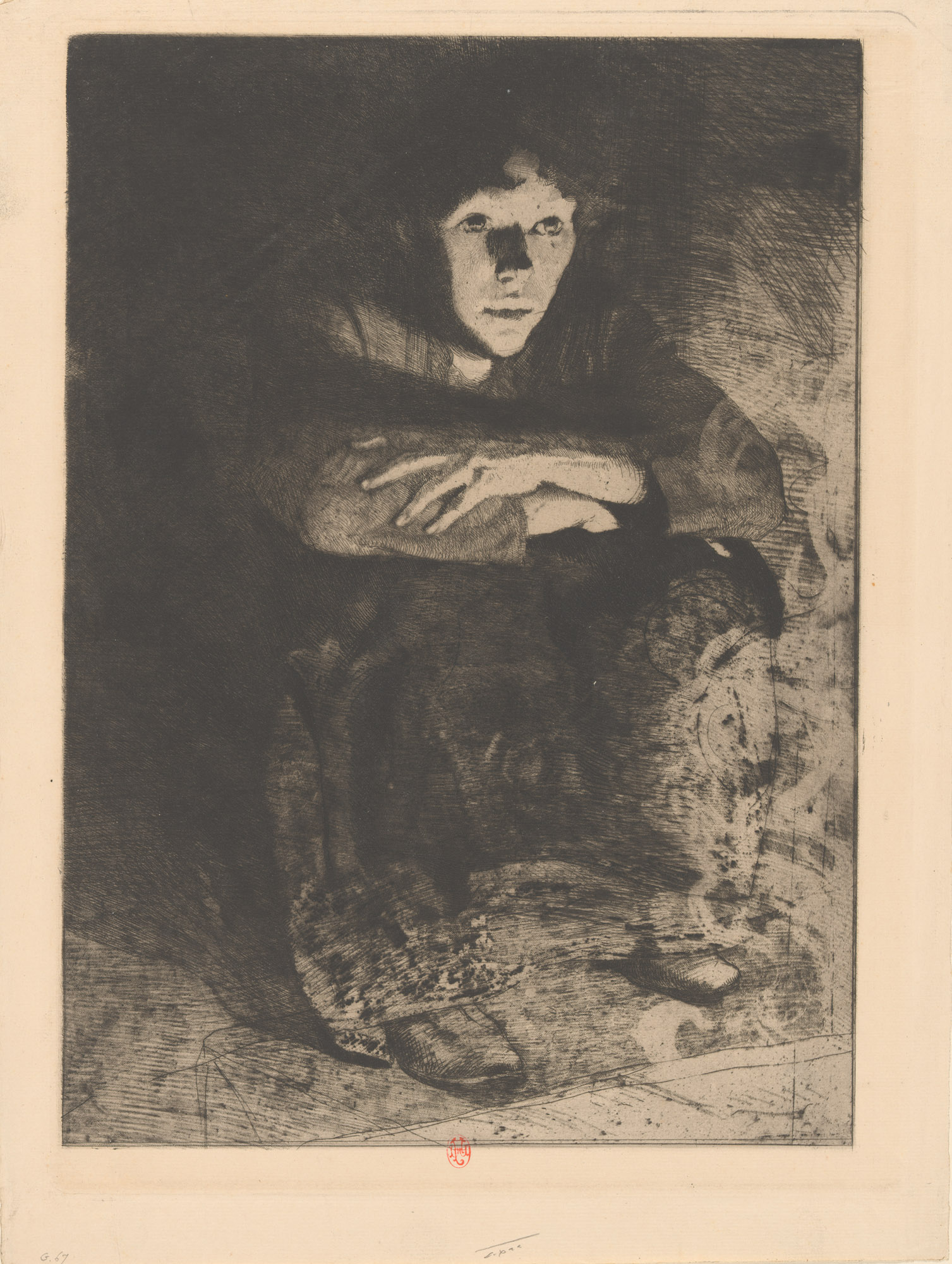
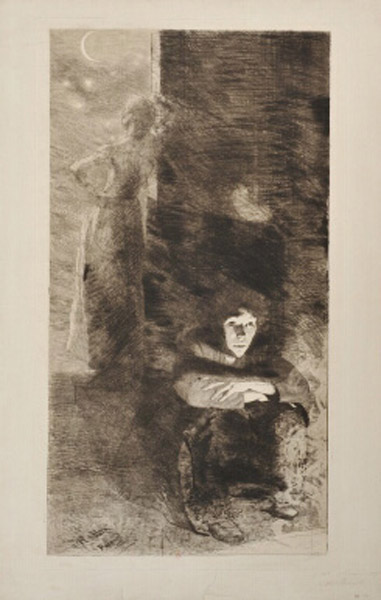 1
1 9
9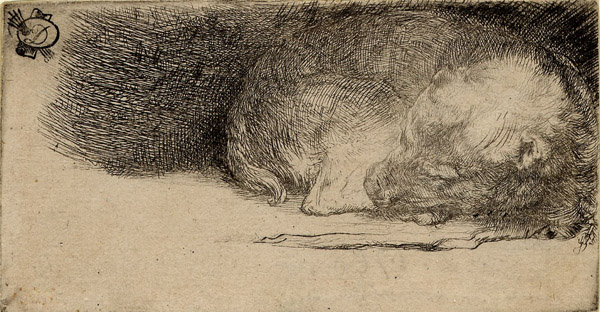 10
10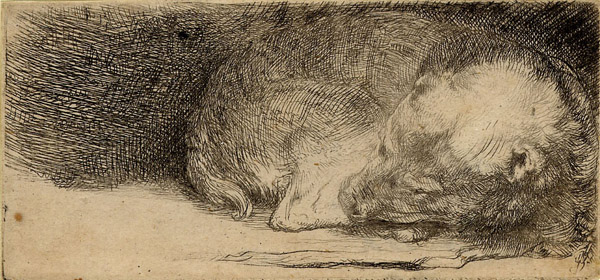 11
11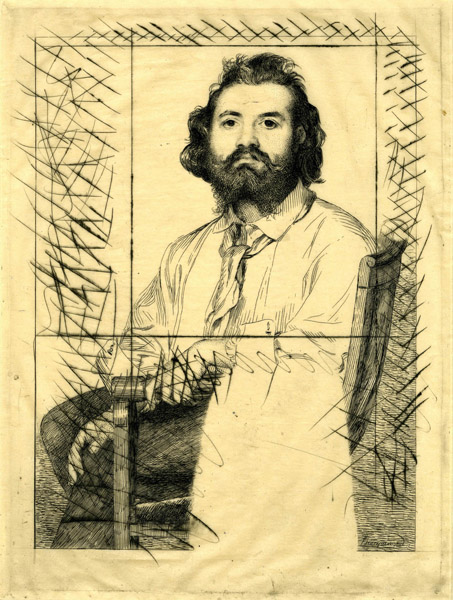 13
13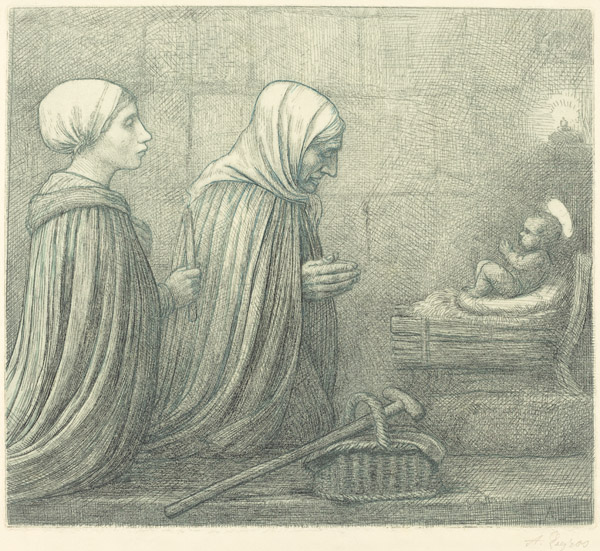 14
14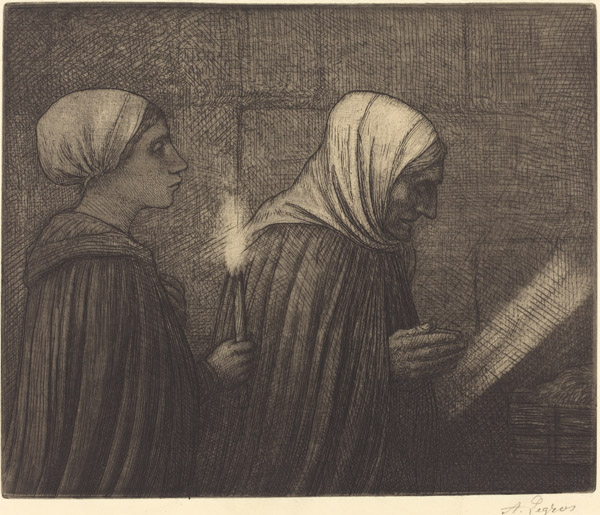 15
15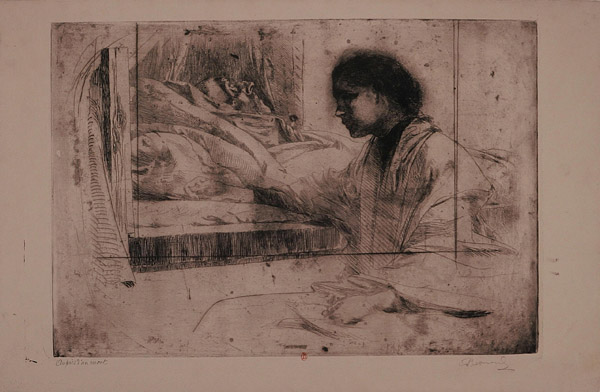 16
16
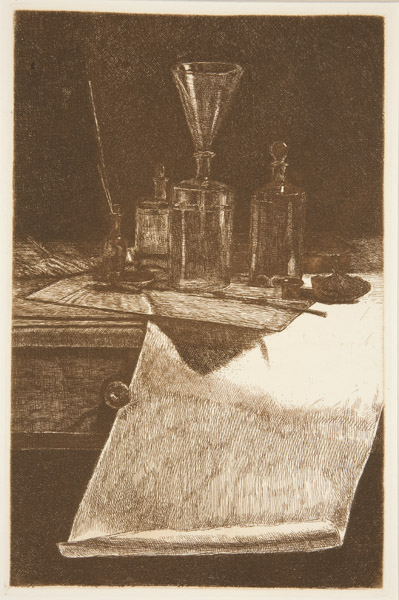 3
3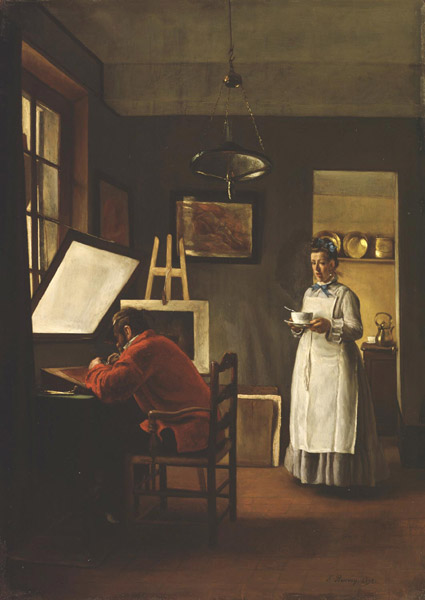 4
4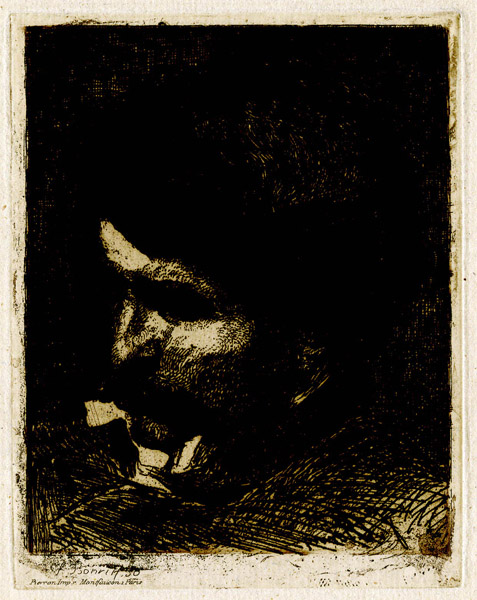 7
7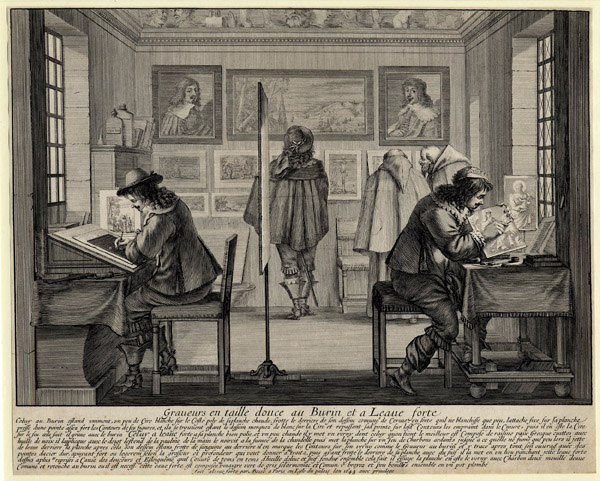 9
9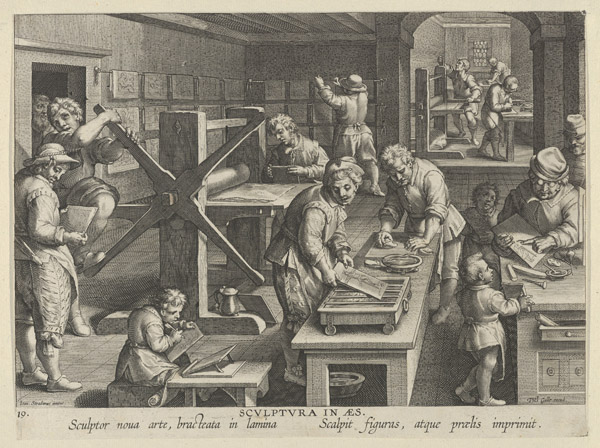 10
10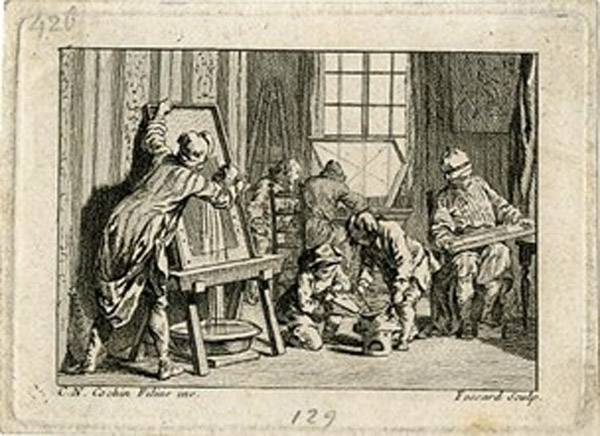 11
11 12
12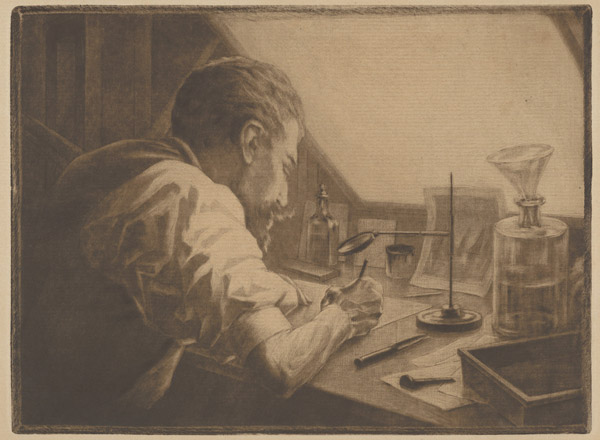 13
13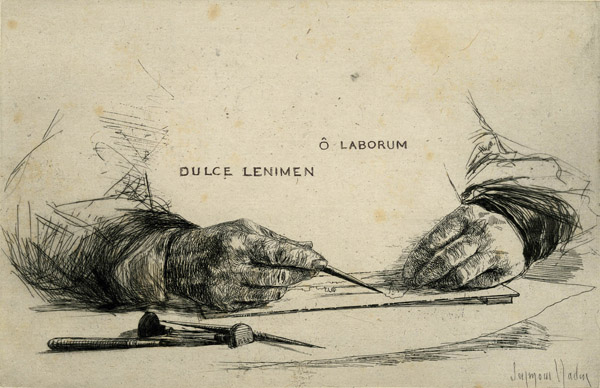 14
14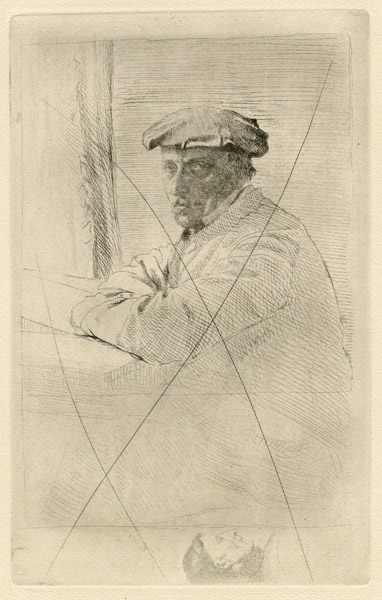 15
15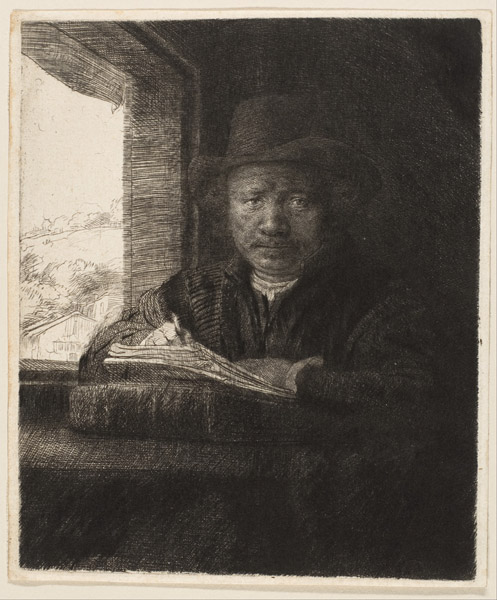 16
16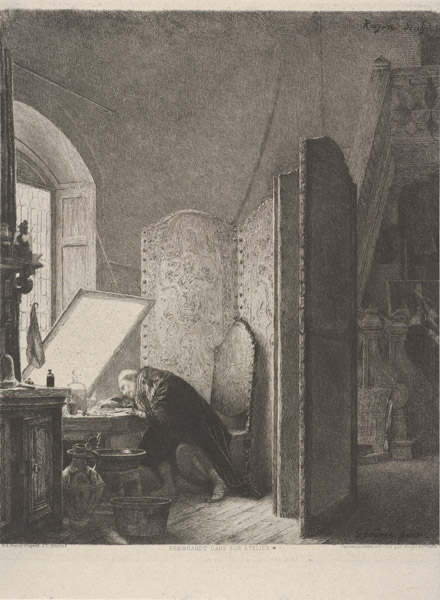 17
17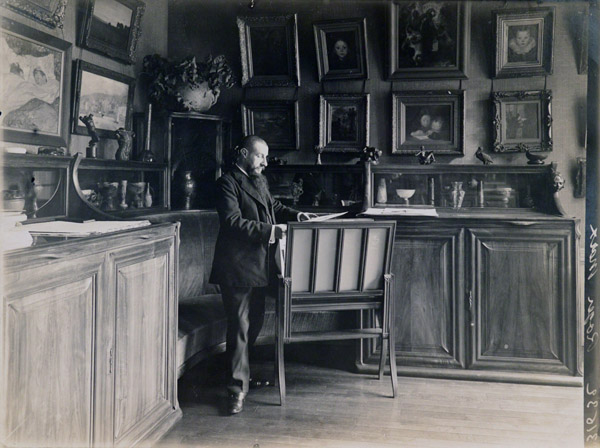 22
22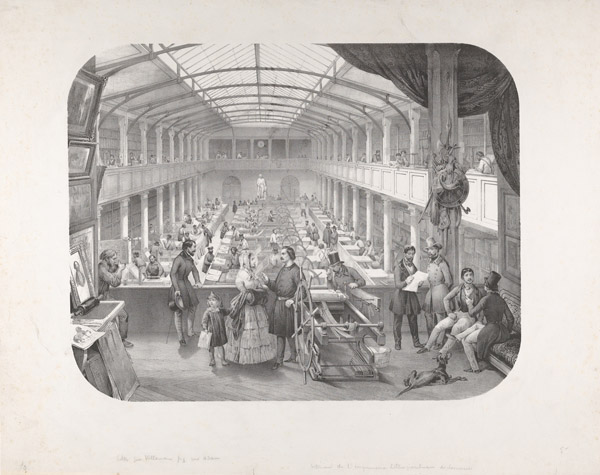 26
26
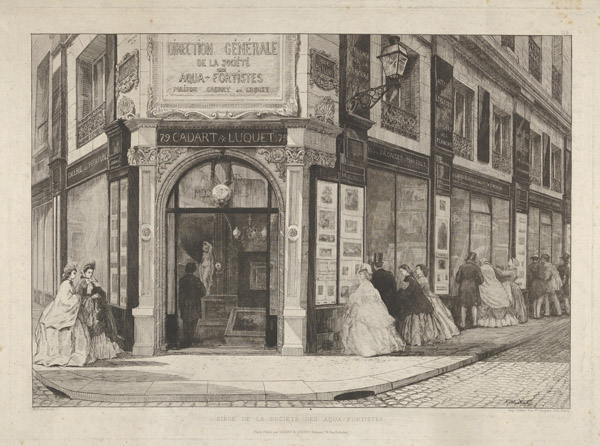 6
6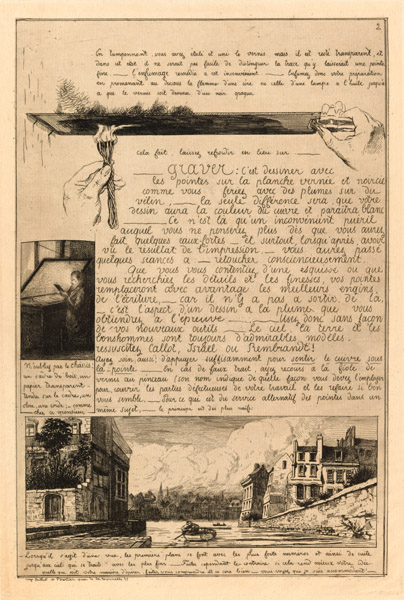 10
10 13
13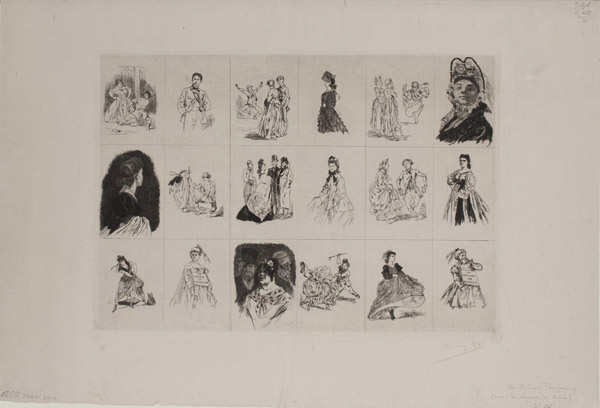 14
14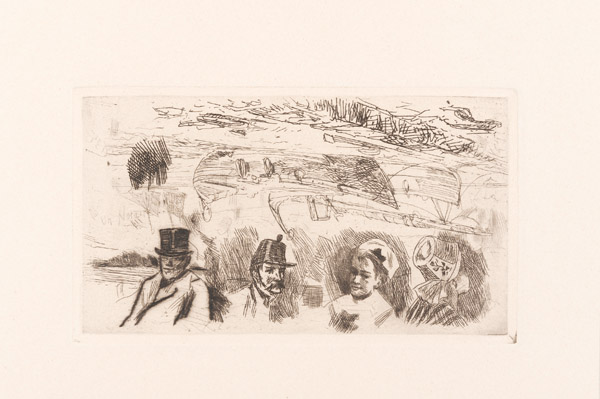 16
16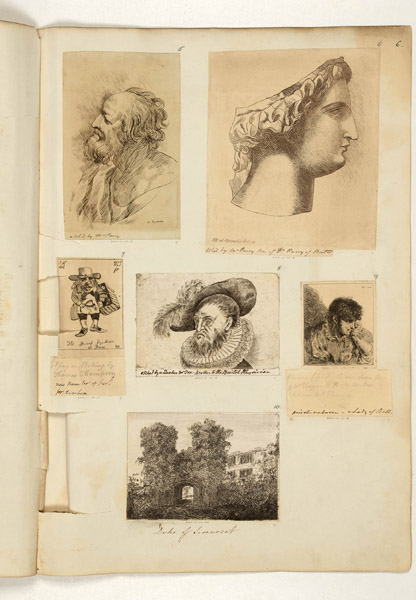 18
18
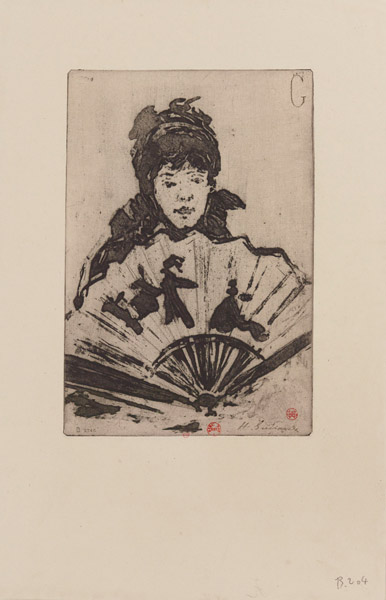 10
10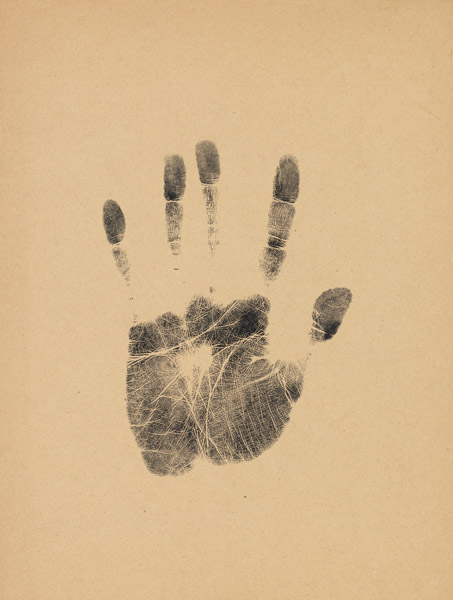 11
11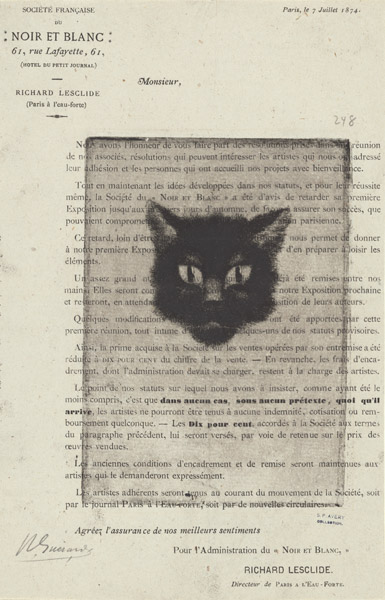 13
13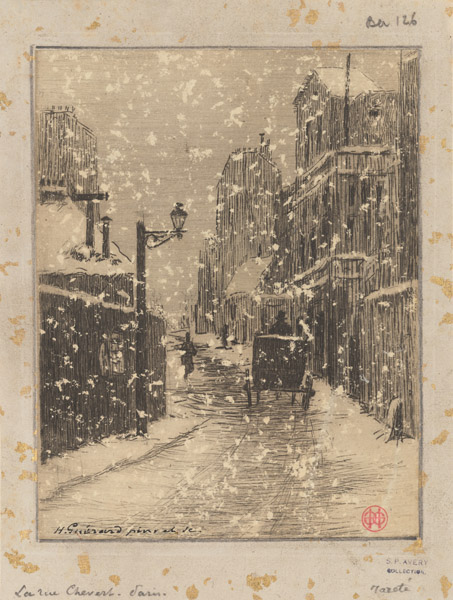 14
14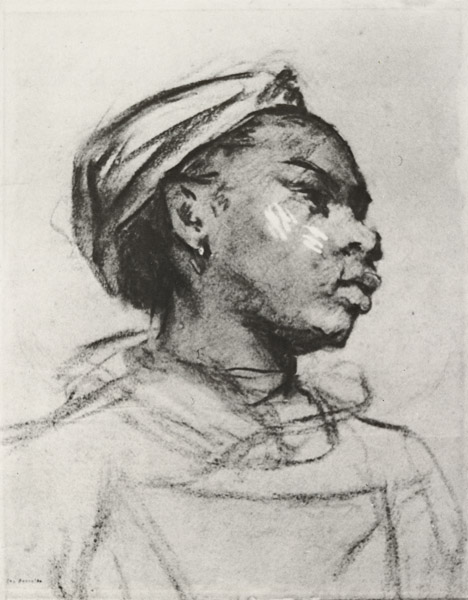 17
17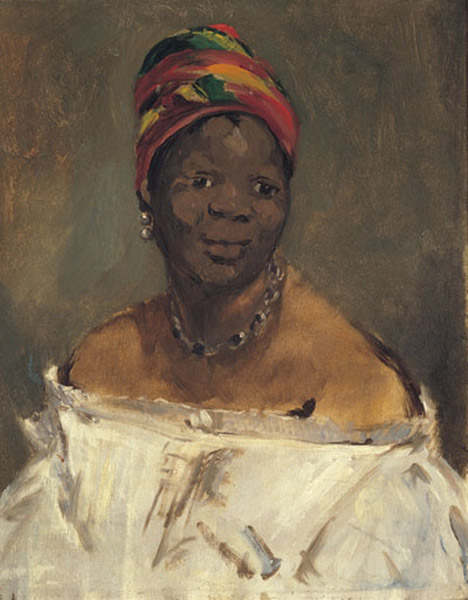 19
19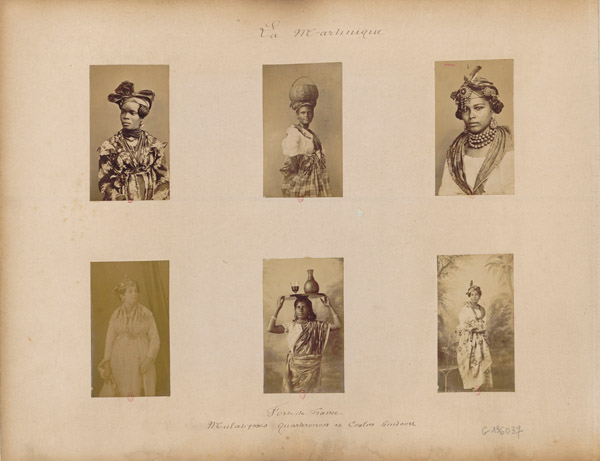 21
21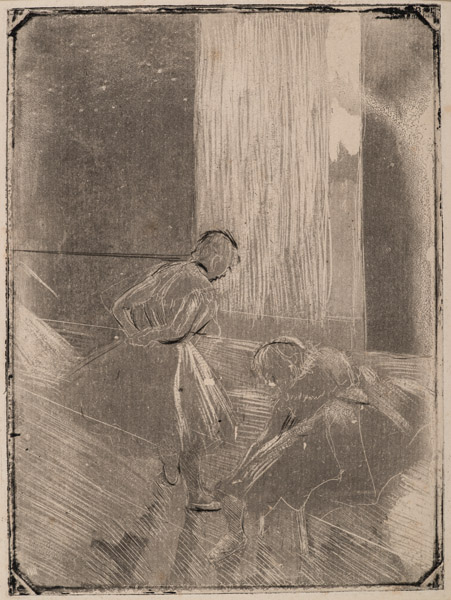 27
27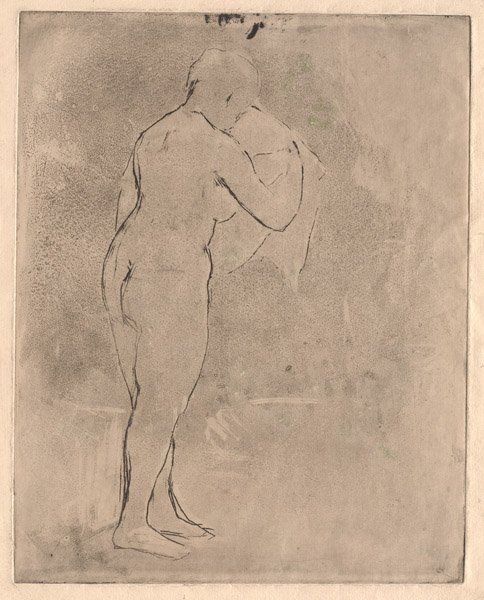 30
30 31
31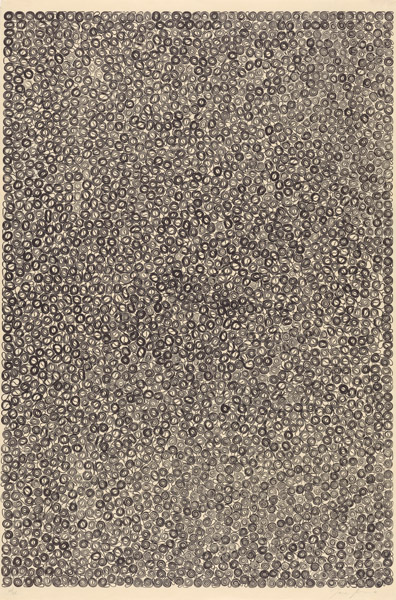 32
32 33
33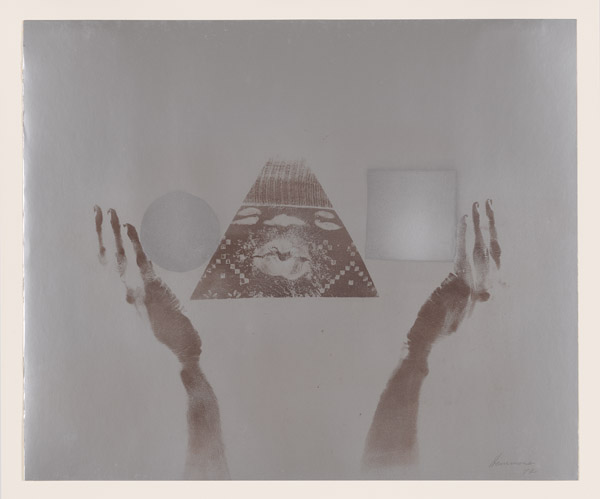 34
34
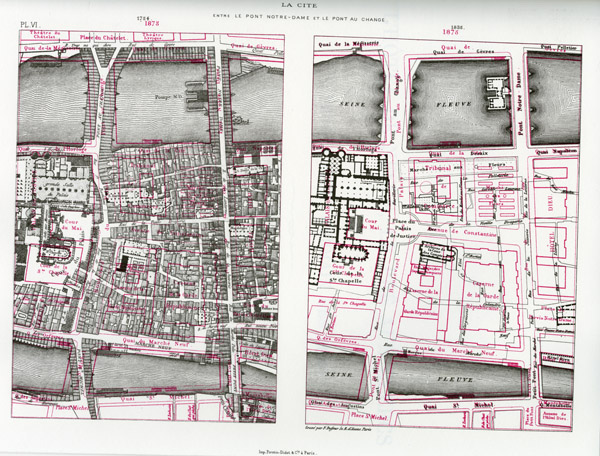 5
5 18
18